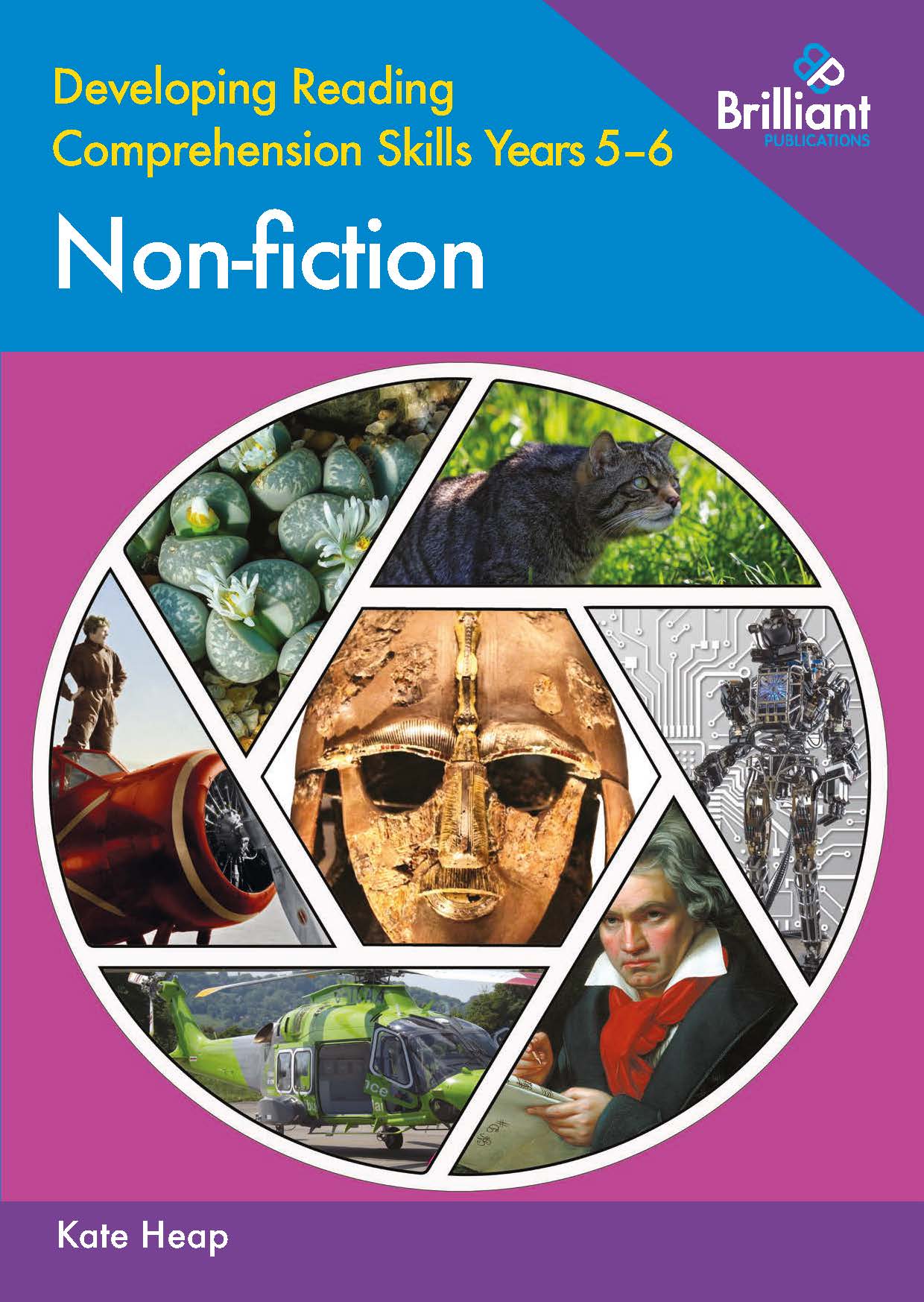Battling Child Illiteracy

We are now more dependent on the media than ever, yet England’s critically high illiteracy rates are hindering our understanding of it. How can we increase the youngest generation’s non-fiction comprehension, so they don’t meet the same fate?
In an increasingly turbulent world, we are more dependent than ever on non-fiction sources to keep us updated. From the Covid-19 pandemic to the current political turmoil, news changes instantly, resulting in a large increase in our media consumption.
Yet despite this heightened appetite, our comprehension levels are alarmingly low. In 2012, studies found that 16% of adults in England had “very poor” literacy skills and were “functionally illiterate”. SATs age children particularly present similar literacy rates, with 25% not meeting the expected standard of reading in their 2021 exams. Clearly, despite the increased necessity of reading non-fiction, we are struggling to comprehend it.
Fortunately, Kate Heap’s new book, ‘Developing Reading Comprehension Skills Years 5-6: Non-fiction’ aims to solve just that. By encouraging children to read non-fiction sources outside of school, Heap hopes to help young people “positively engage” with the world around them and “broaden their understanding” of the texts they consume.
The book includes exciting extracts like ‘The Discovery that Changed History’ about the world-famous discovery of ancient treasure at Sutton Hoo, and ‘The Pilot Who Left a Trail of Mystery’ which explores famed pilot Amelia Earhart’s puzzling disappearance.
By analysing the vocabulary and purposes of non-fiction sources through various activities and companion reading recommendations, Heap’s book makes comprehending non-fiction fun – just what is needed to help prepare a new generation for reality.
